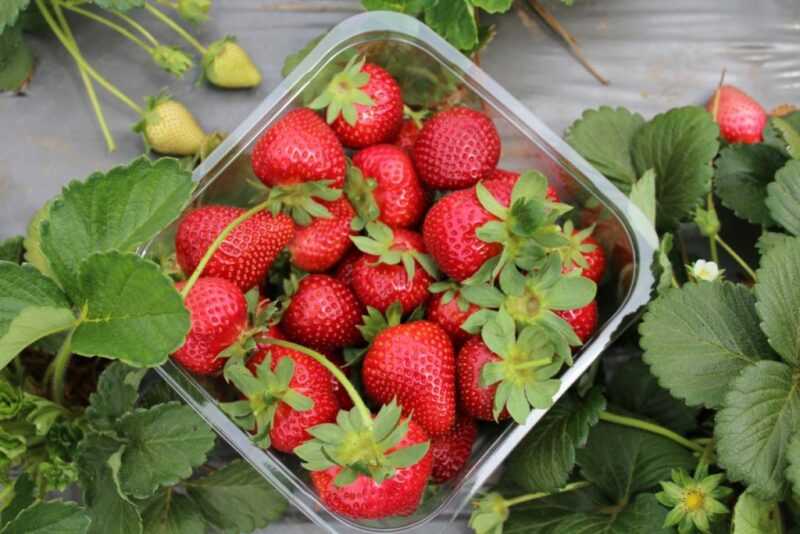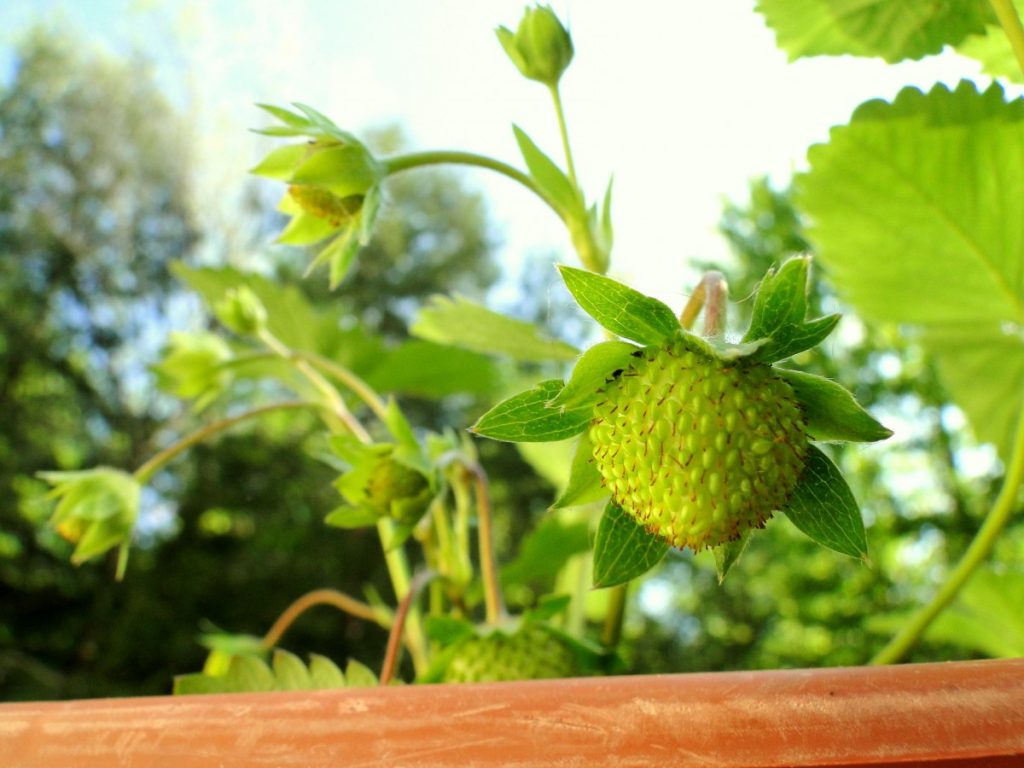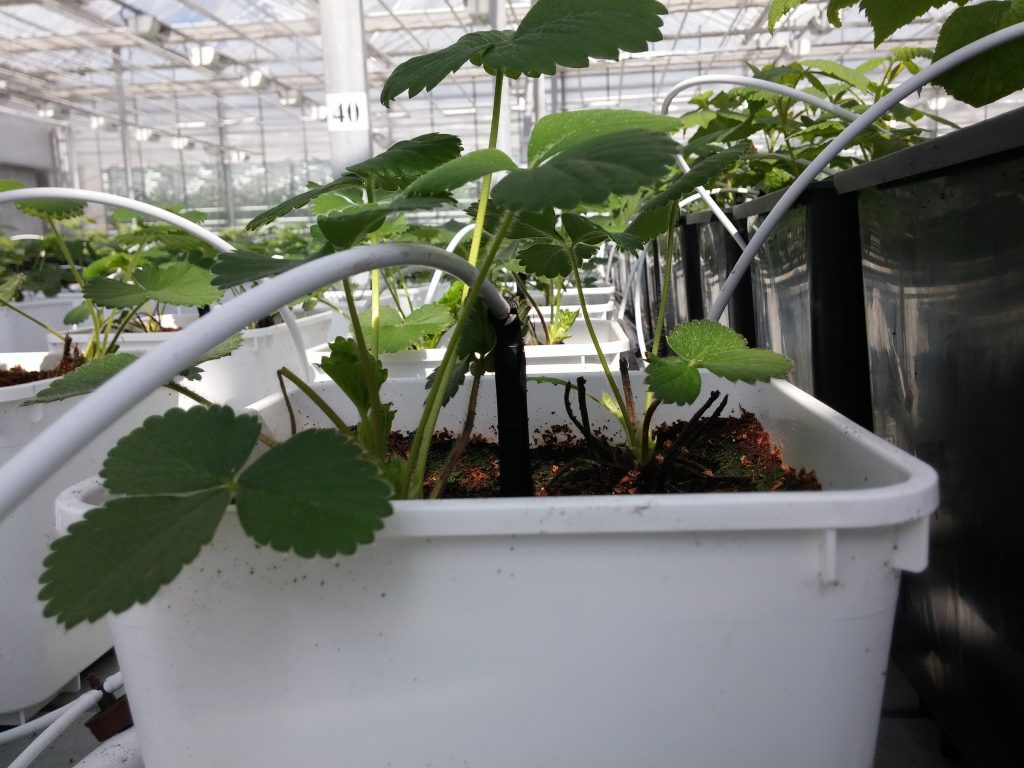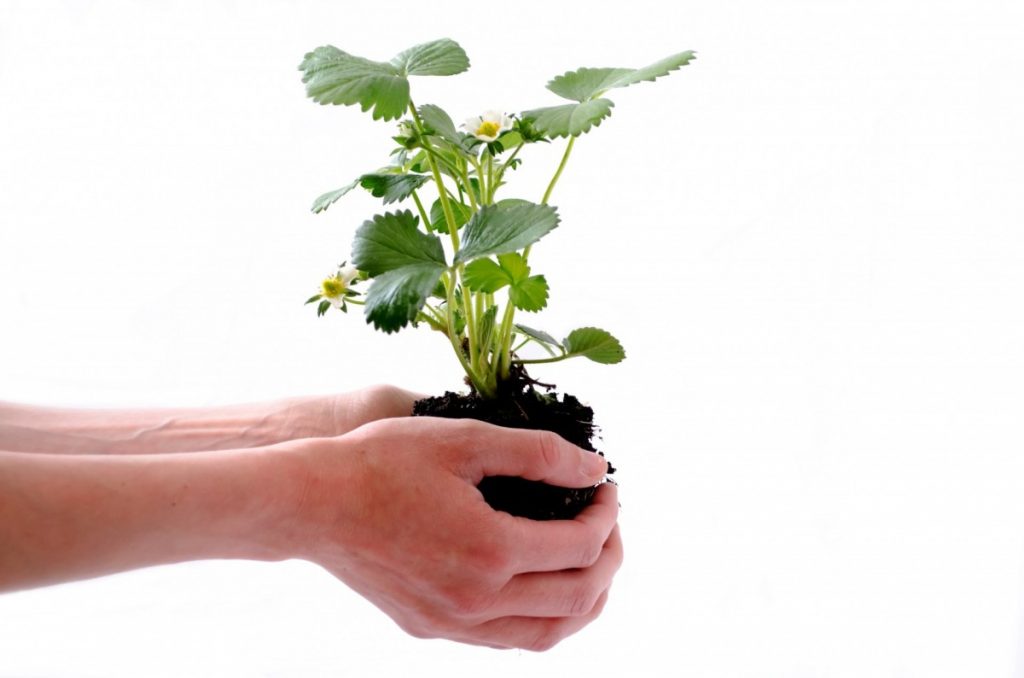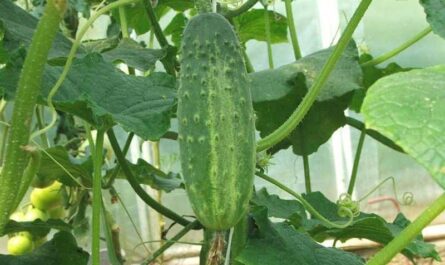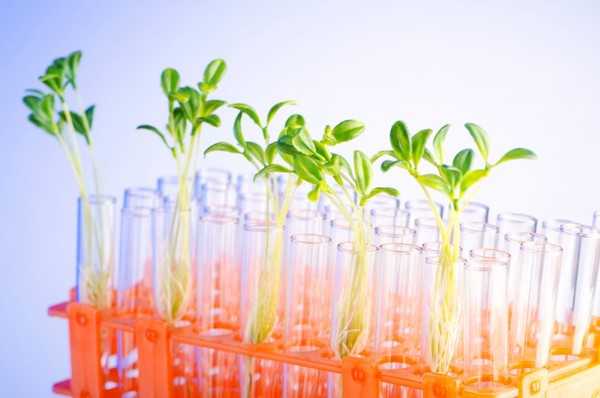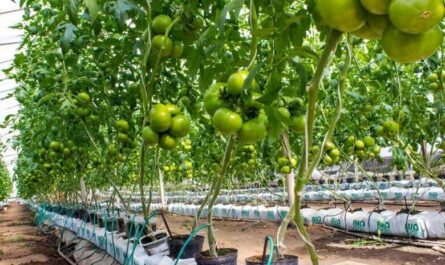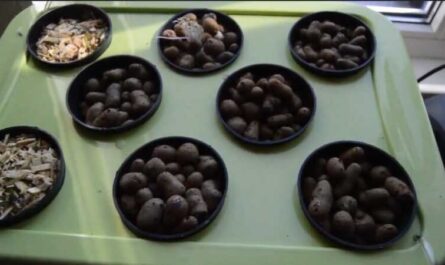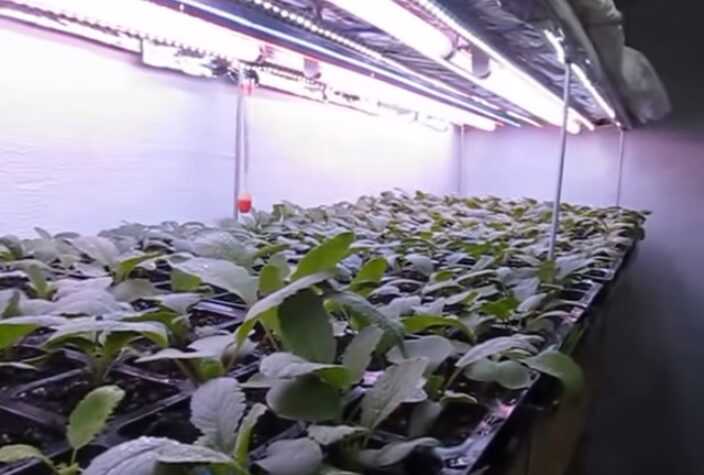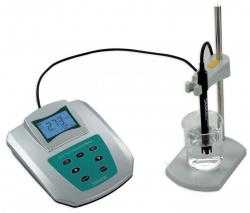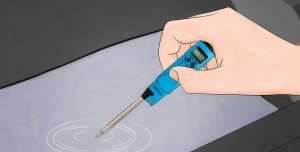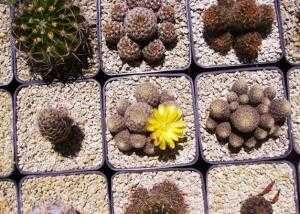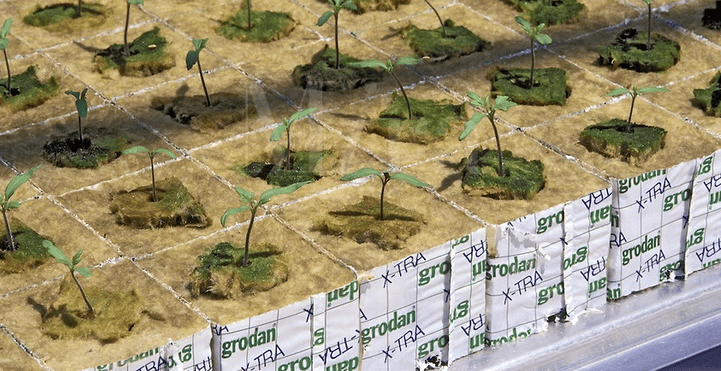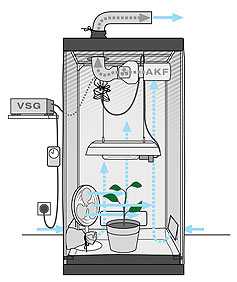Using a progressive hydroponic method, you can harvest fresh vegetables and herbs all year round. There are amateurs who are fond of growing strawberries, and they are good at it.
Growing strawberries hydroponically
Hydroponics is a method of growing in artificial environments without soil and belongs to the methods of progressive crop production. The name is derived from two ancient Greek words “hidro” – water and “ponos” – work, that is, the phrase as a whole means – “working solution”.
Before you start growing strawberries using hydroponics, you need to carefully weigh all the pros and cons of the technology and objectively assess your capabilities.
Pros and cons of technology
Let’s start with the positives:
- Profitability. No watering required. The berry receives all the necessary volume of water from the nutrient medium. Evaporation does not occur as with conventional irrigation. The nutrients contained in the solution also act “targeted”, and do not go aimlessly into the soil in an uncontrolled amount.
- Productivity. With the minimum consumption of moisture, fertilizing and areas, you can get the highest yield.
- Productivity does not depend on the season, climate, weather conditions, soil fertility and other external factors.
- Environmental friendliness. With the right substrate, you will not need to use hazardous herbicides and pesticides. The fruits do not accumulate salts of heavy metals, radionuclides and other harmful substances that can enter the plant through the soil.
- Resilience. The seedlings are not susceptible to diseases caused by soil fungi and pests.
- There is no need to work with the soil, constantly loosen the soil and fight weeds.
- Ripening terms are reduced by 2-3 times.
- The ready-to-eat plants are quick and easy to harvest. On the table there will always be fresh herbs, vegetables and berries just picked from the “garden”.
- An aesthetic pleasure from the green corner of the house and fresh strawberries all year round.
Despite all the advantages listed, this technology has its own negative features, which you also need to know about:
- There is a great risk of making mistakes when preparing a hydroponic solution. Any inaccuracy can lead to the death of the entire plantation, and the process will have to start over.
- The need to maintain constant temperature, humidity and light conditions.
- Each type of plant will require an individual selection of the composition of nutrients.
- Hand pollination is a laborious process.
- Perceptible financial costs at the initial stage.
- Constant power consumption.
- This method will not work for irresponsible gardeners. It requires constant supervision, scrupulousness, patience, punctuality and precision.
How to make hydroponics for strawberries
There are several varieties of hydroponic systems, and there are hundreds of modifications. But they all fall into two main groups:
- Passive. The plants are fed by capillary means. For this, modular drip irrigation systems have been designed. They are used to grow onions, radishes, even potatoes and many flowers. That is, plants with tubers, bulbs, and roots.
- Active. The circulation of the liquid is assumed, which is achieved through the operation of the pumps.
Ready-made hydroponic plants are commercially available, but they are expensive. You can make the system with your own hands at minimal cost.
Hydroponics is based on three pillars:
– properly selected nutrient solution;
– optimal temperature;
– lighting;
- Recommended daytime temperature for strawberries + 25-26 ° C, nighttime + 15-18 ° C.
- Daylight hours should last at least 14 hours, and for remontant varieties – 18.
- Illumination – 60 lumens, which corresponds to sunlight.
- Humidity of the ambient air – 60-70%.
Necessary materials
For a hydroponic installation, you will need PVC pipes, fittings, crosses, corners, pipe supports, a solution container, hoses, and a hydraulic pump. You can use a conventional compressor and aquarium pump. Light plastic pots can be purchased at a flower shop or ordered online. The diameter of the pipes depends on the size of the plant roots. For hydroponics, pipes with a diameter of 50 to 100 mm are usually taken.
As a substrate, materials are usually used that have high porosity, air permeability and hygroscopicity: expanded clay, coconut fiber and sawdust, mineral wool mixed with peat. By itself, the substrate does not provide nutrition to the plant, it only serves to support the roots.
For growing strawberries in a vertical way, ordinary wide PVC pipes are suitable. Watering is carried out using a capillary system.
For horizontal cultivation – plastic containers, boxes, trays. The supply of the nutrient solution to the roots will be provided by a hydraulic pump unit. The method of completely and permanently immersing strawberry roots in liquid is not suitable, as they easily rot.
Remontant strawberry varieties are best suited as seedlings: Festivalnaya, Miracle, Freska, Olivia. Also, such varieties as: Crown, Gigantela, Elizaveta, etc. give good fruits. Ampelous, curly varieties have proven themselves well in vertical cultivation.
To guarantee the quality of the planting material, it is better to order imported plants, since a large experience of plant growing in hydroponics has been accumulated abroad. But you can dig up seedlings of suitable size in your garden. After adaptation, such bushes will also grow and bear fruit. It will be necessary to replace strawberry bushes only after 3 years.
It is important to thoroughly rinse the roots from soil residues and soak for 2-3 hours in clean water.
Preparation equipment
To calculate the required proportions and pH (acidity) of a solution, special formulas and knowledge are required. It is easier and safer to buy a ready-made nutrient solution at first. It is diluted with distilled water in the proportions indicated in the instructions. The acidity of the solution and the concentration of other substances for control are measured using special devices.
10 liters of solution is sufficient for 50-70 plants.
As you gain experience in progressive plant growing, the composition and concentration of the solution can be changed depending on external factors and the general condition of the plants.
An improperly selected composition can lead to growth retardation, poor fruiting or lack of it, and plant death.
A significant advantage of this system is that it can be installed anywhere – on cabinets, loggias, verandas, hung from a wall, etc.
Assembly principle
- With the help of hoses and a pump, the nutrient solution will flow through the pipes and drain back into the container.
In this case, it is not necessary to keep the pump in working position all the time. It is enough to turn it on several times a day for half an hour.
- The pipes in the system can be positioned both horizontally and vertically.
Holes for pots are pre-cut in PVC pipes. The distance between plants is determined by the agrotechnical conditions for growing the selected crop in ordinary soil, but it can be slightly less. So for strawberries, a distance of 20-30 cm will be enough.
- For the organization of the backlight, usually directional LED lamps of the blue or red spectrum are used.
Also used induction lamps from 600 watts. A reflective screen will also be needed to prevent light from scattering. Strawberries are very sensitive to lack of light.
- You will have to maintain the humidity with a humidifier.
You will have to maintain the humidity with a humidifier. In rare cases, you can do with the usual spraying from a spray bottle.
Hydroponics is the likely future of agriculture. For city dwellers who do not have summer cottages, this is an opportunity to get, without leaving home, in the required amount of fresh vegetables, herbs and berries grown, with minimal financial and labor costs.
Progressive Horticulture is an unassuming, easy and cheap way to grow. The costs will pay off after the first harvest.
